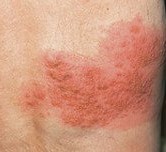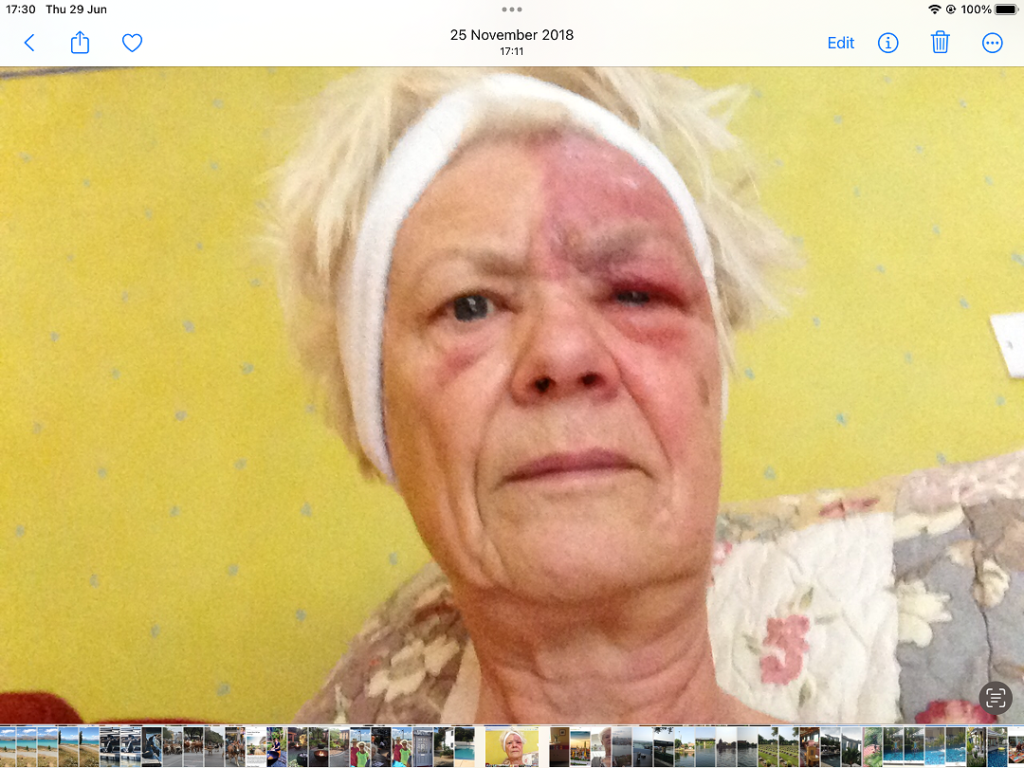Take part in a survey, they will reimburse you for your time! And tell them you found out about it from the Shingles Support Society so they give us a “finder’s fee” too!
They say “My name is Madeleine Pappas and I work at Global Perspectives, an IQVIA Business, where we invite people to take part in non-interventional studies!
We are currently launching a new study, where we want to invite adult patients to learn more about Herpes Zoster (Shingles). To participate in the study, patients will need to have been diagnosed with Herpes Zoster (Shingles) in the past 15 days and provide an alternative confirmation of diagnosis. [The Shingles Support Society adds: this could be a photo of your prescrition or pills. You need to be 50-70 years old. If you are immunocompromised then you need to be between 18-50 years old.]
The research will take the form of three 30-minute surveys and two 60-minute interviews.
In appreciation of your time, each participant will receive a maximum of 210 GBP upon completion of the study.
Please be aware that by meeting the requirements above, selection for participation in the study is not guaranteed.
If you or someone you know meets these criteria and would like to participate, please feel free to contact me at [email protected]
I look forward to hearing from you!
The Shingles Spport Society knows that IQVIA is an international company supporting trials. And we welcome learning more about shingles and its treatment, etc.
Published 25-4-2024


